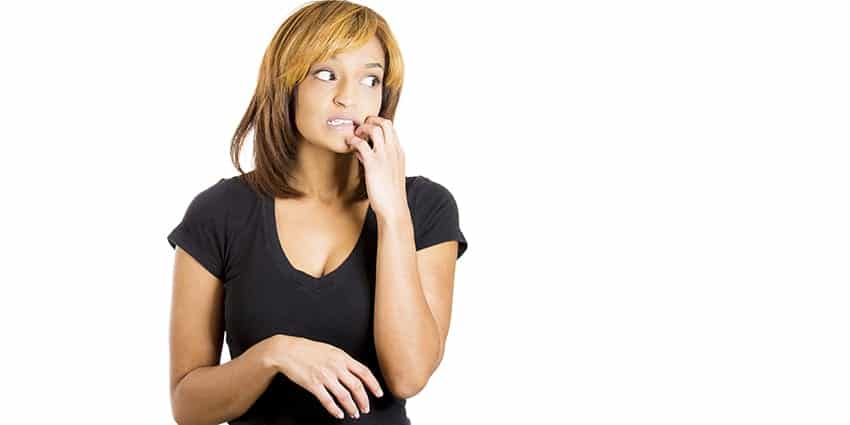
Urinary incontinence (UI) is the involuntary release of urine. The problem can be mild to severe. Research shows that UI affects 25% to 45% of women. Although a common problem, many women are embarrassed by this medical condition and are reluctant to talk with their doctors. However, urinary incontinence is a treatable condition.
The Types of Urinary Incontinence Affect Treatment
There are different types of urinary incontinence. Stress incontinence usually happens when you sneeze, cough, or laugh. Overflow incontinence happens when your bladder doesn’t empty completely, so you dribble urine. With urge incontinence, you have a sudden urge to urinate and then you lose bladder control. Functional incontinence is the result of having a physical or psychological problem that prevents your from getting to the bathroom in time. Some women have mixed incontinence which means they suffer from one or more types of the condition.
The Treatment Options
There are many treatments for UI. In addition to traditional medicine, other options include alternative therapies. Most doctors begin with the simplest remedies first. The method of treatment suggested also depends on the type of UI you have. In some situations, a combination of treatments yields the best results.
Pelvic Exercise
Doing pelvic floor exercises to strengthen the muscles helps to control urine leakage. The Kegel exercises involve contracting the muscles you use for urination. The idea is to stop urinating in mid-stream and hold in the urine for two to five seconds, then relaxing the muscles, and starting the cycle again. The goal is to contract the muscles for ten seconds each time.
Behavior Modification
With bladder training, you delay urination for about ten minutes after you get the urge. In time, this can lengthen the periods between voiding your bladder. Double voiding trains you to empty your bladder completely. After you first urinate, wait a few minutes and try urinating again. Another technique is to schedule the times you urinate instead of waiting for the urge. A schedule of urinating every two to four hours is fine. Lifestyle changes include reducing fluid intake, and avoiding alcoholic, carbonated, and caffeinated beverages, all of which lead to frequent urination.
Alternative Therapies
In some research studies, acupuncture has shown to offer short-term help for UI symptoms.
Medications
A variety of medications are useful for treating urinary incontinence. Some oral drugs relax an overactive bladder, while others increase the amount of urine your bladder can hold. Estrogen creams applied topically to the vagina may reduce symptoms of UI. For an overactive bladder, Botox is injected into the bladder muscles to relax them. This treatment is often used when other methods have failed.
Medical Devices
The Pessary is a small ring that you place inside your vagina. This device holds up your bladder and moves it away from the vagina. This helps to reduce urine leakage.
Surgery
The various sling procedures create a sling around your urethra to keep it closed whenever you sneeze or cough. The sling is made of synthetic material or your own body’s tissues.
With the right diagnosis and treatment plan from your local OBGYN in The Woodlands, a woman with urinary incontinence can find relief from this embarrassing problem.
Contact The Woodlands OBGYN Associates today and ask about treatment options.


